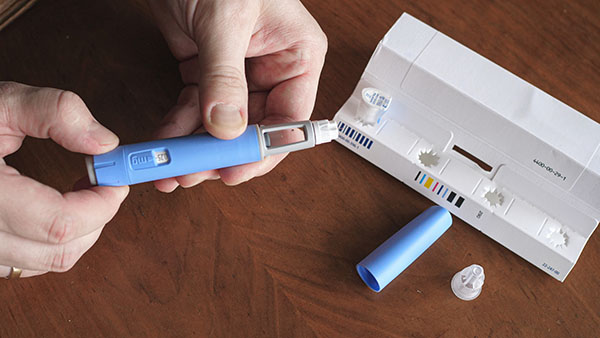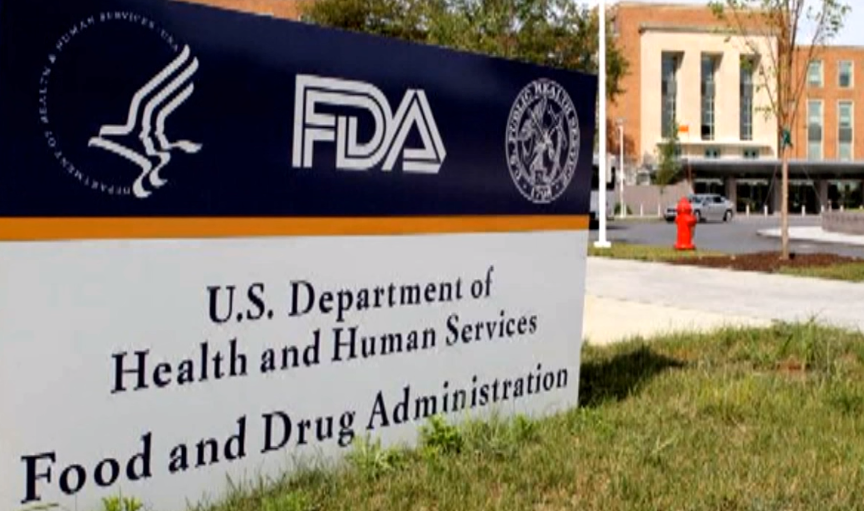Rite Aid to CLOSE 27 more stores due to ongoing bankruptcy proceedings
06/25/2024 / By Laura Harris

Rite Aid, one of America’s largest drugstore chains, recently announced its plan to close 27 more stores due to ongoing bankruptcy proceedings.
According to a “notice of additional closing stores” filed with the U.S. Bankruptcy Court of the District of New Jersey on June 17, Rite Aid closed 15 stores in Ohio and 12 in Michigan. This brought the total number of closures to 511 since the company filed for Chapter 11 bankruptcy in October.
Affected stores in Ohio include locations in Ashtabula, Defiance, Youngstown, Coshocton, Springfield, Cleveland, Oregon, Toledo, Warren, Alliance, Massillon, Bowling Green, Wheelersburg, St. Mary’s and Tiffin. Meanwhile, affected stores in Michigan include two stores in Burton and one each in Livonia, Flint, Ludington, Wyandotte, Spring Lake, Bay City, Marlette, Grosse Pointe Farms, Milford and Allen Park. (Related: Bankruptcy filings in U.S. surge at fastest pace since 2009 as Bidenflation continues to ravage Americans, businesses.)
According to the Philadelphia-based Rite Aid’s filing, it seeks to reduce its debt, enhance financial flexibility and focus on key initiatives through these proceedings. Moreover, the company faces significant legal troubles, with hundreds of lawsuits alleging the over-prescription of opioids.
Currently, Rite Aid contends with over $3.3 billion in debt and more than a thousand federal lawsuits related to the opioid crisis. This, in turn, projected a loss of approximately $650 million in the company for 2024.
“The court-supervised process provides Rite Aid with legal tools to accelerate our footprint optimization in an efficient and orderly manner,” Rite Aid CEO Jeffrey Stein said at the time. “We look forward to working closely with our landlords to determine the best path forward for each of our stores.”
Other pharmacies are closing hundreds of stores
The situation of Rite Aid is not unique in the pharmacy sector. In October, CVS announced the continuation of its retail overhaul, which will result in the closure of hundreds of stores across the U.S. due to the increasing popularity of online shopping and a surge in shoplifting incidents. This move is part of a strategy initiated in 2021 to close 300 stores annually, totaling 900 closures by the end of 2024.
“Maintaining access to pharmacy services in the communities we serve is an important factor we consider when making store closure decisions,” a CVS spokesperson said. “Other factors include local market dynamics, population shifts, a community’s store density, and ensuring there are other geographic access points to meet the needs of the community.”
Like many retailers, CVS has seen a shift in consumer habits due to the Wuhan coronavirus (COVID-19) pandemic, with more customers turning to online shopping and digital services. Prescriptions are increasingly filled online, personal care items are retrieved through curbside pickup and medical consultations are conducted via telehealth.
“Our retail stores are fundamental to our strategy and who we are as a company,” CVS CEO Karen Lynch stated. “We remain focused on the competitive advantage provided by our presence in thousands of communities across the country, which complements our rapidly expanding digital presence.”
Similarly, in June of the previous year, Walgreens Boots Alliance (WBA), the Deerfield-based pharmacy giant, announced a series of cost-cutting measures, including closing 150 Walgreens locations in the U.S. by the end of August 2024, as the company grapples with declining demand for COVID-19 related services and other economic pressures.
“Consumers continue to appreciate the value, convenience, and range of services provided by Walgreens and Boots,” said Rosalind Brewer, the chief executive officer of WBA, in a news release. “However, significantly lower demand for COVID-related services, a more cautious and value-driven consumer, and a recently weaker respiratory season created margin pressures in the quarter.”
Learn more about the fragile state of the American economy at EconomicRiot.com.
Watch this clip from the “Worldview Report” discussing how bankruptcies in corporate America are once again on the rise after a two-year lull.
This video is from the Worldview Report channel on Brighteon.com.
More related stories:
America’s largest private bus company officially files for BANKRUPTCY.
EV startup Fisker files for bankruptcy after suspending production.
Casual dining chain Red Lobster officially files for BANKRUPTCY.
Germany’s economic backbone at breaking point as millions of family-owned companies face bankruptcy.
Sources include:
Submit a correction >>
Tagged Under:
bankruptcy, Big Pharma, bubble, business, Chapter 11, Collapse, corporations, CVS, debt bomb, debt collapse, drug store, economic collapse, economic riot, economy, finance riot, financial crash, market crash, money supply, Pharmacy, Prescription drugs, risk, Rite Aid, supply chain, Walgreens
This article may contain statements that reflect the opinion of the author
RECENT NEWS & ARTICLES
PrescriptionDrugs.News is a fact-based public education website published by Prescription Drugs News Features, LLC.
All content copyright © 2018 by Prescription Drugs News Features, LLC.
Contact Us with Tips or Corrections
All trademarks, registered trademarks and servicemarks mentioned on this site are the property of their respective owners.




















